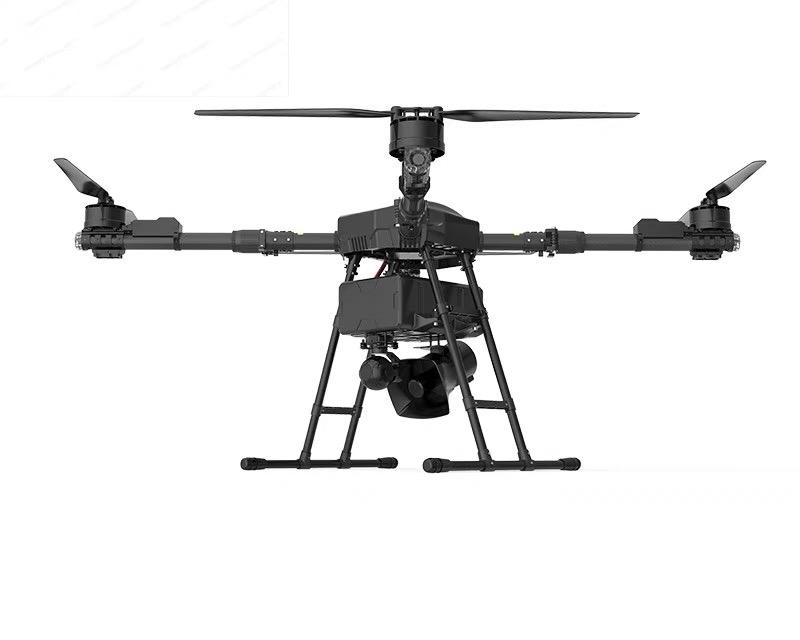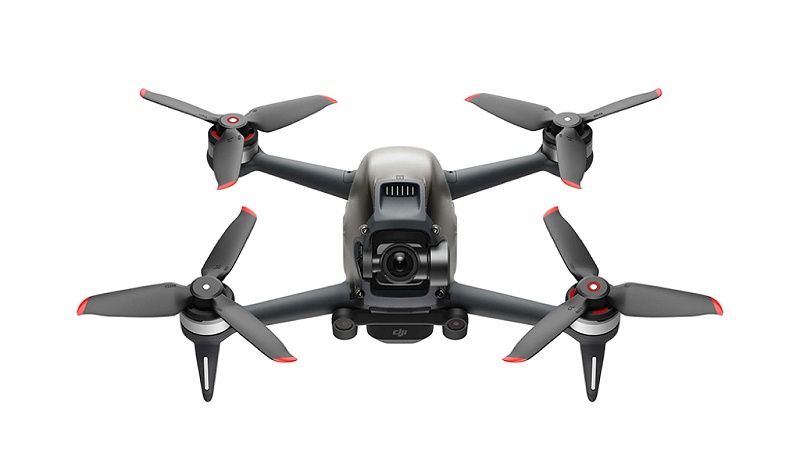The world of technology has expanded exponentially, and among its most fascinating innovations are drones. But what is a drone? Let’s delve into the intricate details of these amazing devices and understand why they have become so pivotal in various sectors. A drone, technically known as an unmanned aerial vehicle (UAV), is a flying robot that can be remotely controlled or fly autonomously through software-controlled flight plans embedded in its systems. These flight plans work in conjunction with onboard sensors and GPS systems.

The Evolution of Drones
Drones have evolved immensely since their inception. Initially used predominantly for military purposes, UAVs have found their way into civilian application, encompassing areas from agriculture and delivery services to filmmaking and search-and-rescue missions. This evolution is marked by technological advancements that have made drones more accessible, affordable, and sophisticated.
Types of Drones
The variety of drones available is vast and can be categorized based on their use cases and structures. What is a drone? It’s essential to note that there are primarily two types: commercial and recreational, each serving distinct purposes. Commercial drones are typically larger, equipped with advanced features and technologies for purposes like scientific research, agriculture, and logistics. Recreational drones, however, are smaller, easier to operate, and predominantly used for personal enjoyment and photography.
Key Features and Components
- GPS and navigation systems
- High-definition cameras
- Remote controllers
- Rechargeable batteries
- Fans or propellers for lift and direction
The components above are integral to the drone’s function, offering stability and precision during flight. These features allow drones to capture aerial footage and perform tasks at heights and distances that would otherwise be inaccessible.
Applications of Drones
In recent years, the use of drones has diversified. In agriculture, drones are instrumental in crop monitoring, irrigation planning, and yield prediction. Search-and-rescue operations rely on them for surveying disaster sites and locating survivors. Filmmakers use drones to capture breathtaking bird-eye shots that add a dynamic dimension to cinema. Furthermore, delivery companies are experimenting with drone technologies to revolutionize logistics, offering faster and eco-friendly parcel delivery.
Regulations and Challenges

With the widespread utilization of drones comes the necessity for stringent regulations. Many countries have established specific laws to govern drone usage, considering privacy concerns and the potential for misuse. What is a drone in the context of regulations? It is a tool that comes with responsibilities. Operators must be aware of airspace rules, required registrations, and guidelines set by aviation authorities to ensure the safety and legality of their drone activities.
Did you know? Some organizations are working on technology that allows drones to self-charge, making prolonged flights without human intervention a possibility!
FAQs
Do I need a license to operate a drone?
While recreational drones often don’t require a license, commercial drones typically do. It’s important to check the regulations in your specific area.
Can drones fly in bad weather?
Most drones are built to withstand mild weather conditions, but extreme weather such as heavy rain or strong winds can affect performance.
How far can drones fly?
Flight range varies by model, but many commercial drones can fly several kilometers away from the operator.